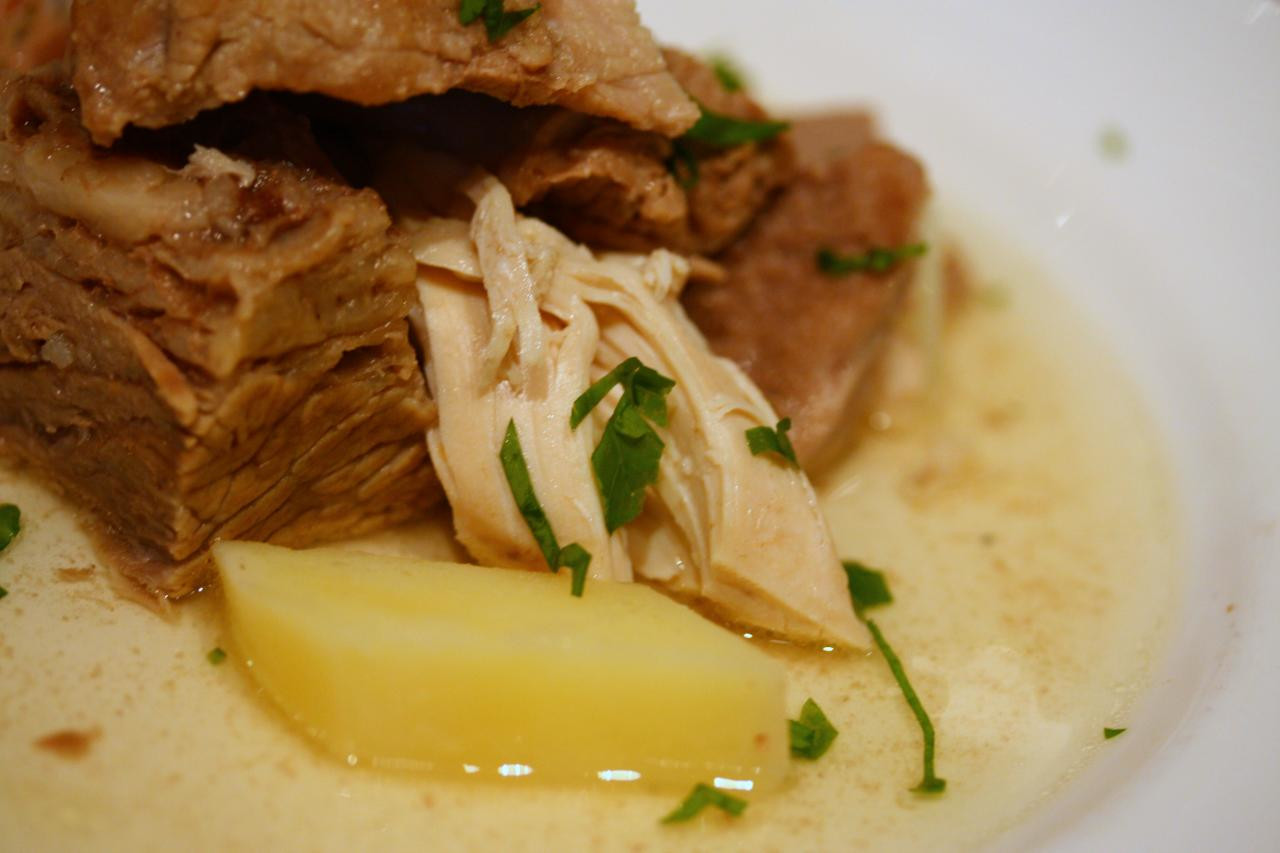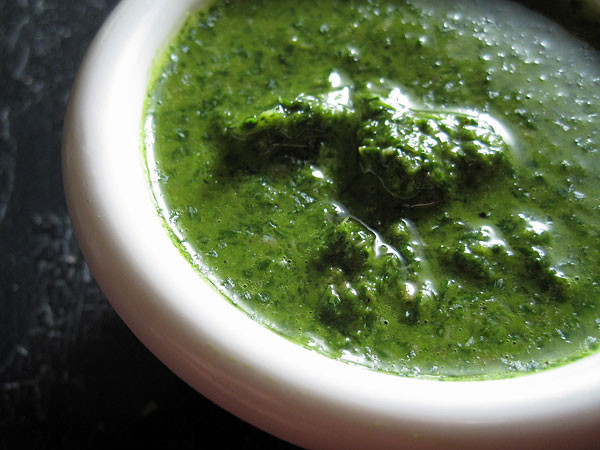Carrù is a small town of 4,000 souls at the foot of the Alps. In Italian, saying Carrù is like saying fat ox. Ever since 1910 the city has been a reference point for a festival that deals exclusively with Piedmontese cattle. There are around fifteen categories in the competition, among which are fat oxen, steer, ‘della coscia’ calves, and bulls. Here a ritual parade unfolds under the eyes of the jury: the animals, with powerful musculature, arrive at dawn; the scene is all for them. The breeders struggle to contain them; the veterinarians’ work starts, and negotiations begin. Here you can breathe in an antique ambience. Restaurants with old fashioned signage fill up: business is concluded with a glass of red wine. But mostly, the bowls of broth have been flowing since dawn. A concentration of juices and smells. Someone may ‘correct’ theirs with a sip of Dolcetto, a red wine with a gentle name meaning “sweet”. In actuality it is soft and dry, with pleasant bitter hints.

The large pots simmer slowly amidst scents and vapors. They start foaming, and then are placed in separate pots for special cuts. No one in Piedmont would define it as boiled; a term that only works for fish. Boiled meat is “gran bollito” (grand boiled), an apotheosis of taste that is released from the piece of beef immersed in boiling water, cooked just enough so as not to become stringy. The intense heat seals the juices inside the meat, which remains soft. The secret is in the large quantity. Cooking it in small portions would be profanity. It must also be mixed: brisket, shank, rump, chuck, short loin, knuckle, blade.

Everything revolves around Seven, the cabalistic number: seven classic cuts, seven trimmings, ox tail and ox tongue, veal’s head, veal’s foot, hen or capon, loin, cotechino. There are also seven vegetables, seven sauces, each with its own alchemist’s secret, along with the same number of ingredients: green sauce, red sauce, tomato and bell pepper sauce, mustard, grape
cognà (a cross between sauce and marmalade), and horseradish sauce. Of interest is that of
d’avje, made out of honey and nuts. For the connoisseurs, only mortar pounded salt, with a drizzle of extra virgin olive oil. A ritual that typifies the scene up to the moment of the cut, directly from the cart. This is a solemn ceremony. And the honor of the carving fork and knife goes to the master of the house or to the host.

